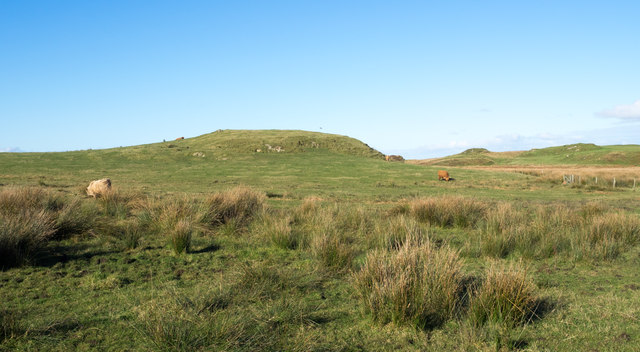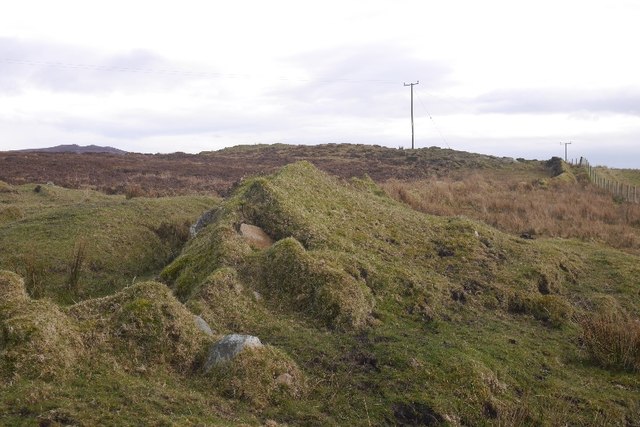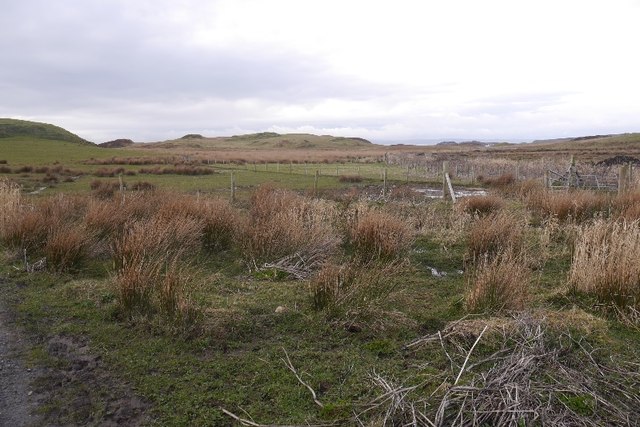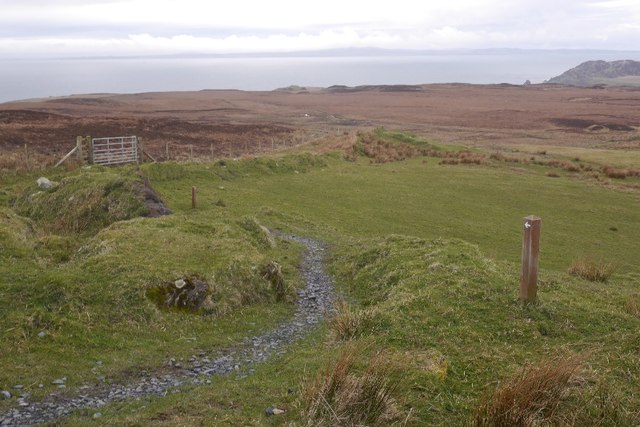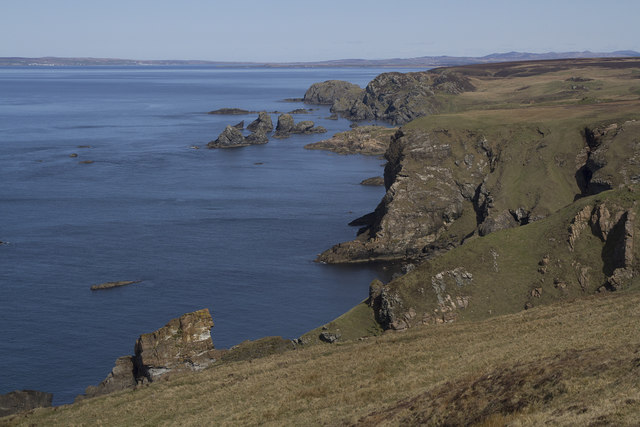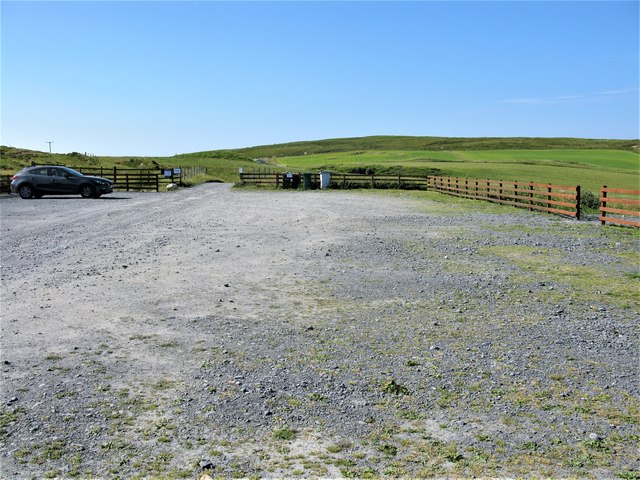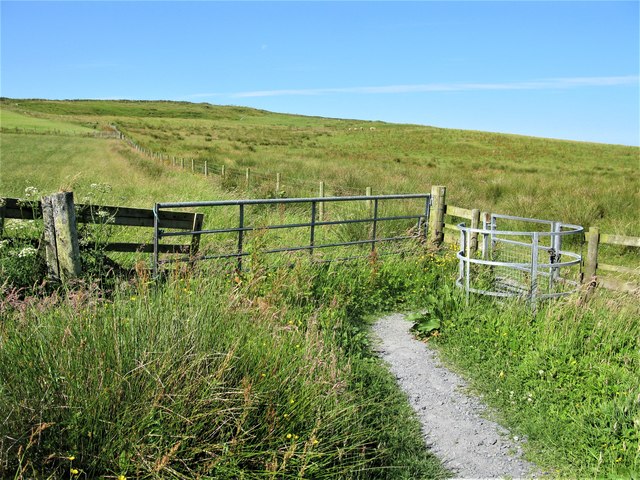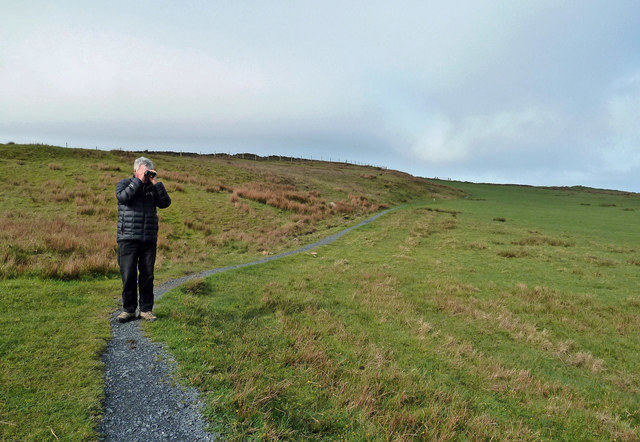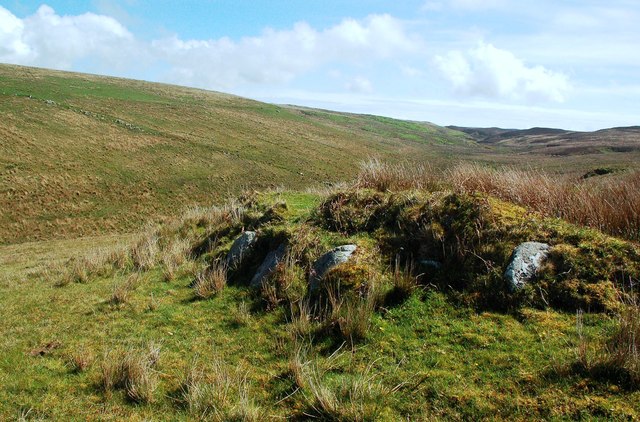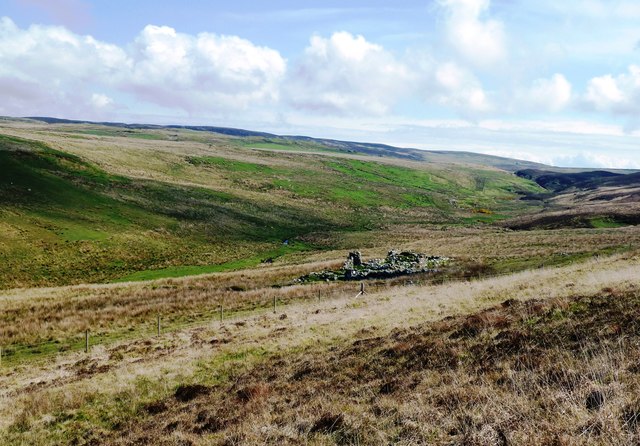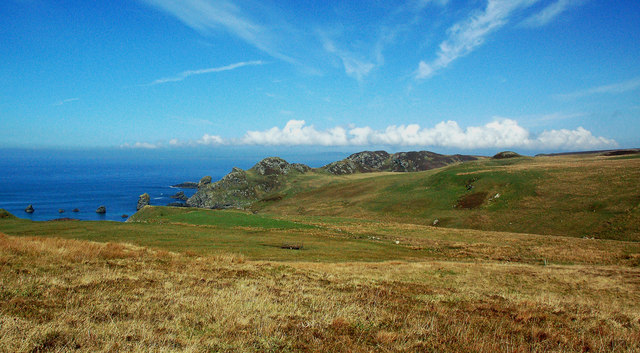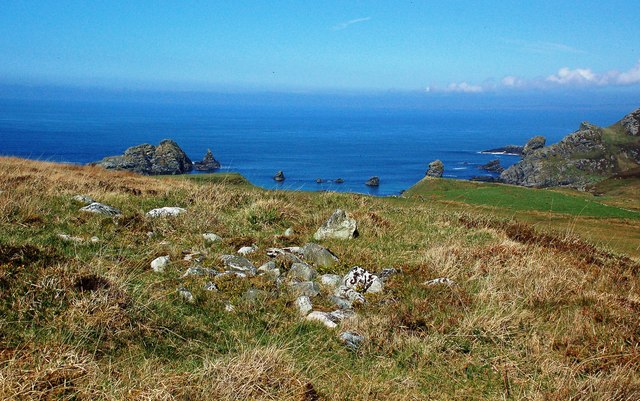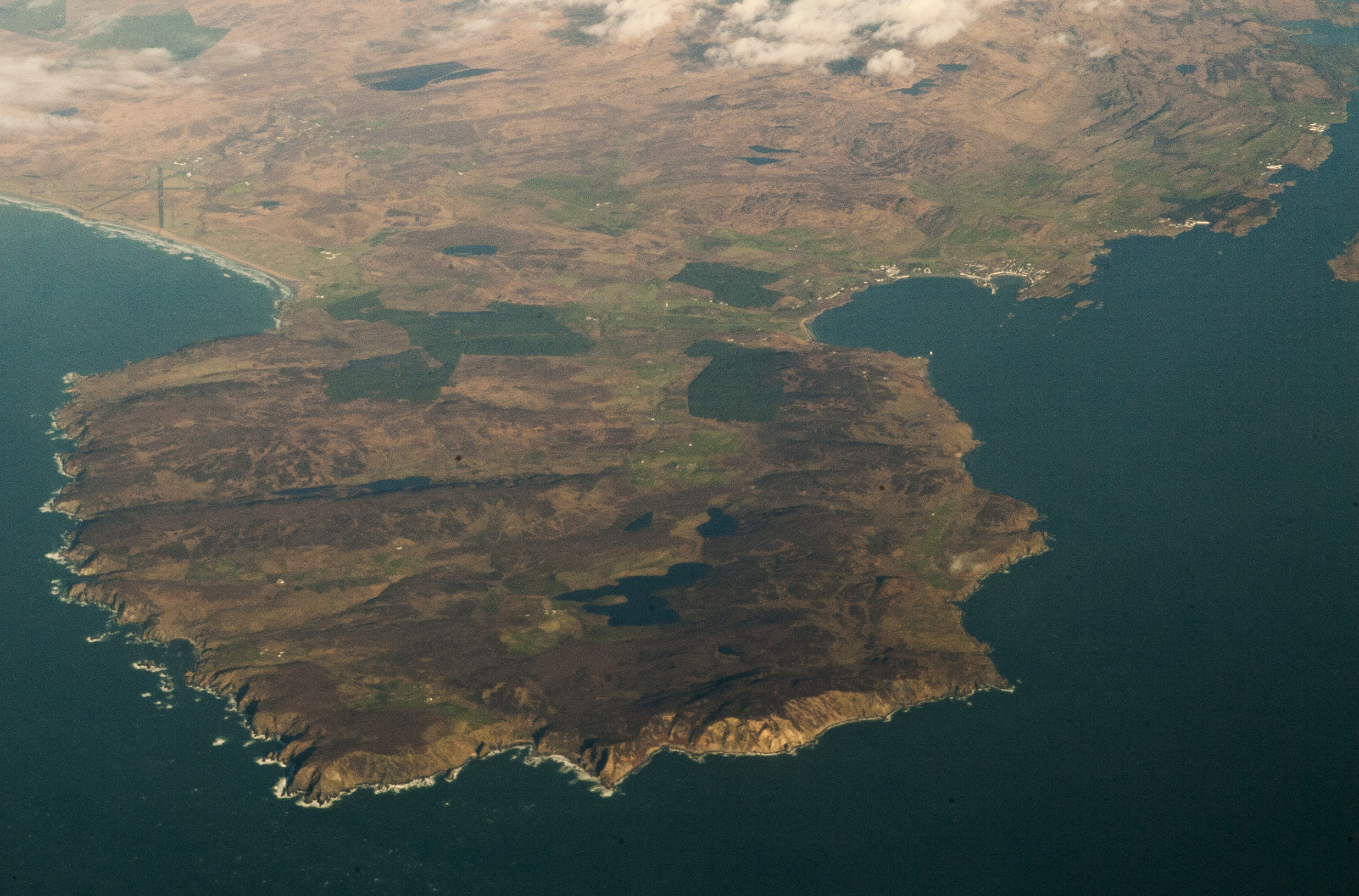Stac Gorm
Coastal Feature, Headland, Point in Argyllshire
Scotland
Stac Gorm
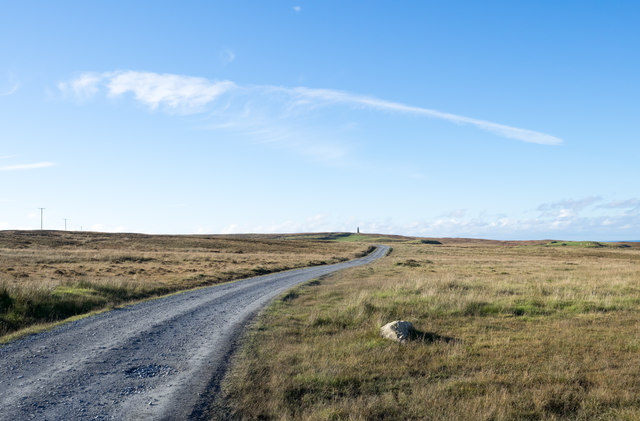
Stac Gorm is a prominent coastal feature located in Argyllshire, Scotland. Situated on the western coast of the mainland, this headland or point is known for its stunning natural beauty and striking geological formations.
Rising proudly from the surrounding sea, Stac Gorm is a distinctive headland that juts out into the Atlantic Ocean. Its name, derived from the Gaelic language, translates to "Blue Stack," which aptly reflects the deep blue hue of the rock formations that make up this feature.
The headland is characterized by its rugged cliffs and steep slopes, which provide a dramatic backdrop to the crashing waves below. The rock formations are predominantly composed of basalt, a type of volcanic rock, giving Stac Gorm its unique appearance. Over the centuries, the relentless force of the ocean has carved sea caves, arches, and stacks into the cliffs, further adding to its allure.
Stac Gorm is not only visually striking but also serves as an important habitat for various bird species. The cliffs provide nesting grounds for seabirds, including guillemots, razorbills, and puffins. Their presence adds a lively and dynamic element to the already captivating landscape.
Due to its natural beauty and ecological significance, Stac Gorm attracts nature enthusiasts, hikers, and photographers alike. Visitors can explore the headland via designated walking trails or by boat, allowing them to fully appreciate the grandeur of this coastal feature. The panoramic views from Stac Gorm are truly breathtaking, making it a must-visit destination for anyone seeking to immerse themselves in the wild and rugged beauty of Scotland's coastline.
If you have any feedback on the listing, please let us know in the comments section below.
Stac Gorm Images
Images are sourced within 2km of 55.612058/-6.3322049 or Grid Reference NR2743. Thanks to Geograph Open Source API. All images are credited.
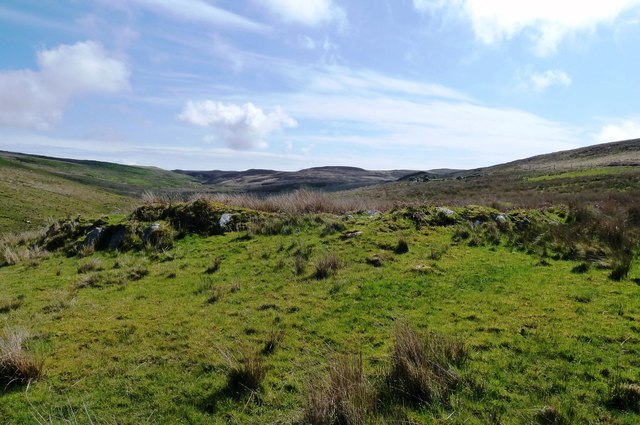
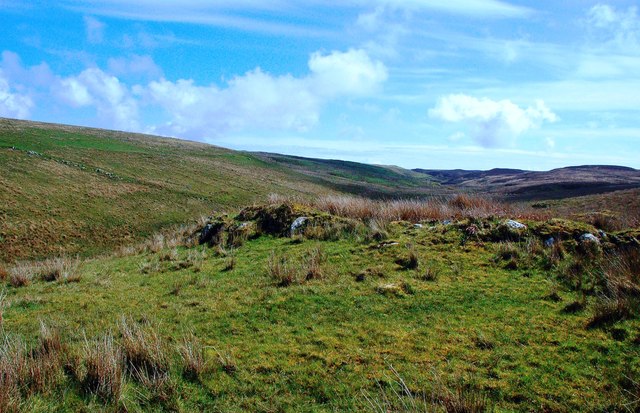
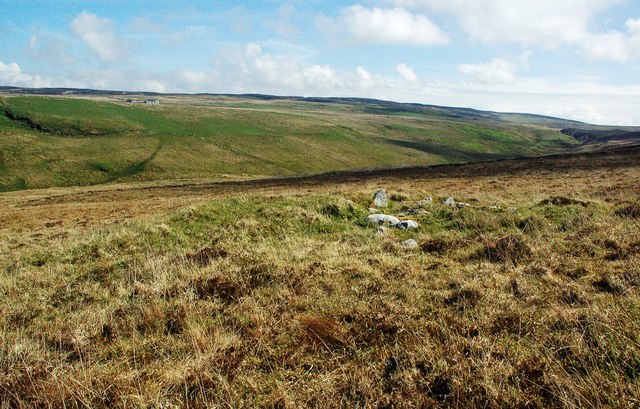
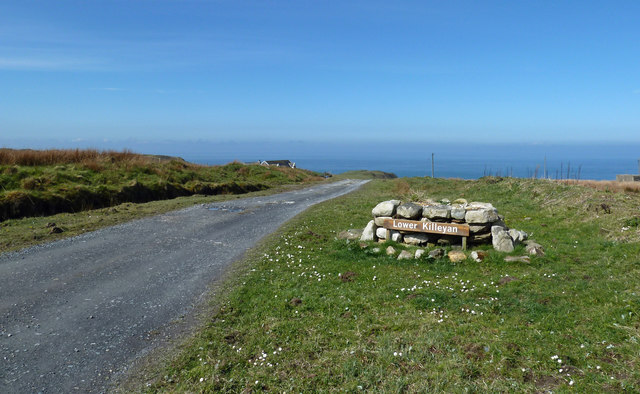
Stac Gorm is located at Grid Ref: NR2743 (Lat: 55.612058, Lng: -6.3322049)
Unitary Authority: Argyll and Bute
Police Authority: Argyll and West Dunbartonshire
What 3 Words
///stress.ribs.interrupt. Near Port Ellen, Argyll & Bute
Related Wikis
Eas Mòr, lower
Eas Mor (lower) is a waterfall on the Abhainn Ghil on the island of Islay, in Scotland. It lies on the west coast of The Oa peninsula north of Lower Killeyan...
Eas Mòr, upper
Eas Mor is a waterfall is a waterfall on the Abhainn Ghil on the island of Islay in Scotland. It lies on The Oa peninsula south of Giol and west of Lenavore...
The Oa
The Oa ( OH) (Scottish Gaelic: An Obha) is a rocky peninsula in the southwest of the island of Islay, in Argyll, Scotland. It is an RSPB nature reserve...
Machrie golf course
The Machrie Golf Course, or "The Machrie Links", is located on Islay, in Scotland. The word "machrie" is a corruption of the Scottish Gaelic machair, which...
Have you been to Stac Gorm?
Leave your review of Stac Gorm below (or comments, questions and feedback).
